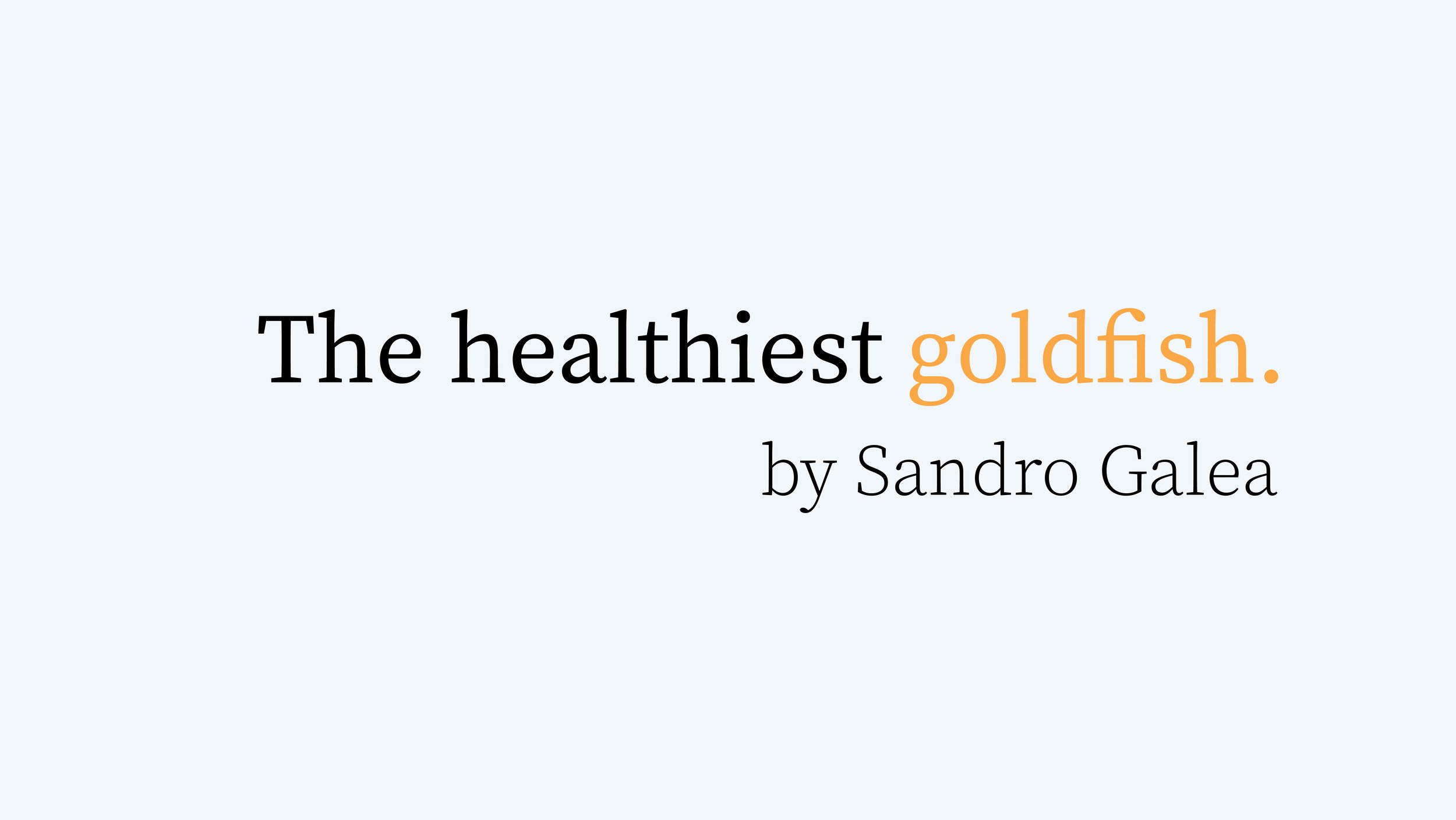On the values that shape our community, as we look ahead to the coming year.
Welcome to the 23-24 academic year. To all our returning students, staff, and faculty, I hope everyone has had the opportunity for a restful summer break. To our new students, staff, and faculty, it is wonderful to have you join our community. I think, and hope, you will like it here.
As we enter the academic year, it seems appropriate to take a step back, to revisit the values that animate what we do. Our mission is to improve the health of populations. We do this through our scholarship, teaching, and engagement with the world of practice. And we do it by contributing to a better world, a more inclusive world, one where everyone is part of the conversation about health, and no one is excluded from the conditions that support a healthy life. Creating this world starts here at the school, where we aspire to be a school community that models the kind of world we would like to see. It is a privilege to be part of a community that embraces these core values, values that have remained constant throughout the school’s history.
Read more here.




